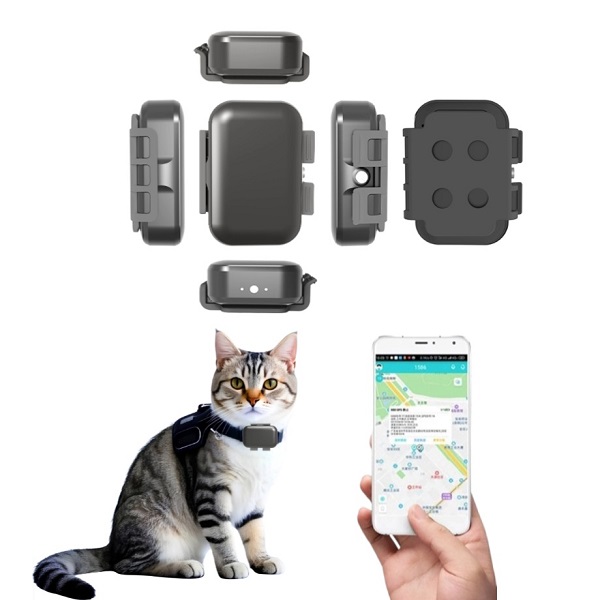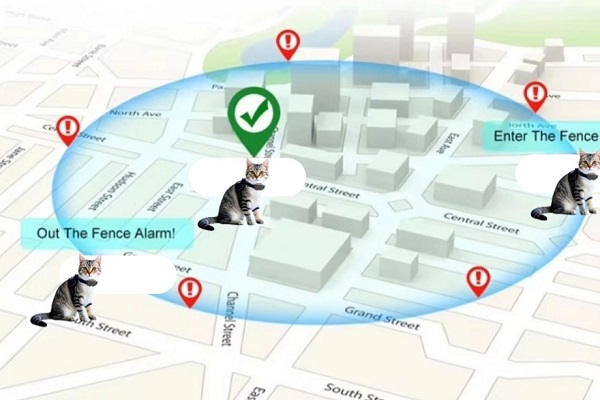With the improvement of people's living standards, pets in households are no longer just pets; they have become integral members of the family. Along with this, the care and attention given to pets have gradually increased, with people paying more attention to their health and safety. In this context, pet GPS trackers have emerged as an essential tool for modern pet care.
Next, we will provide a detailed introduction to the features of pet trackers.
What is a Pet Tracker?
A pet GPS tracker is a device that utilizes Global Positioning System (GPS) technology combined with mobile communication networks to enable real-time tracking of a pet's location. Through a pet GPS tracker, owners can monitor their pet's whereabouts anytime and anywhere, ensuring their safety. A pet GPS tracker typically consists of two parts: one is the device carried by the pet, and the other is the mobile or computer client used by the owner.

How Pet Trackers Work?
Pet trackers transmit location data obtained by the GPS module to the positioning platform server via 2G/3G/4G networks. Users can then access this data on the server through a PC or mobile app, making it easy to check the pet's location.
Pet trackers achieve positioning through multiple modes, including GPS, Beidou, LBS (base station positioning), Glonass, and WiFi. Accurate positioning depends on strong GPS/Beidou/Glonass signals in the surrounding area or a sufficient number of base stations, as well as the distance from the object being tracked.
Functions of Pet Trackers
1. Multi-mode Positioning
Positioning is one of the most basic functions of a pet tracker, with accuracy reaching up to five meters. This allows for precise tracking of pets. The advantage of multi-mode positioning is that if one method fails, it automatically switches to another, ensuring uninterrupted data collection and transmission.
2. View Historical Trajectories
Through a computer or mobile app, users can view their pet's travel history, understanding where the pet has been and gaining insight into its activity range.

3. Electronic Fence Alerts
Users can set a safe activity range for their pet on the app. If the pet leaves this range, an alert will be sent to the app.
4. Smart Alerts
The app will send alerts if the pet leaves the safe zone, the device has low battery, or the device goes offline, ensuring users are always aware of the device's status.
5. LED Light for Seeking Pets
Users can remotely control the device's LED light via the app, making it easy to locate their pet even at night.
6. Sound for Seeking Pets
Users can remotely control the device's sound via the app, helping to locate pets even if they are hiding in corners.
The above are the basic functions of pet trackers. Some specialized technology companies can customize additional features based on customer needs.
Features of Pet Trackers
The main features of pet trackers are their compact size, lightweight design, waterproofing, and long battery life.

How to Use and Install a Pet Tracker
1. Insert a SIM card into the tracker device. The SIM card is primarily used for data transmission and typically consumes about 30MB of data per month.
2. Turn on the device.
3. Clip the device to your pet's collar.
4. Log in to the device's account on the relevant app to view location information and other details.